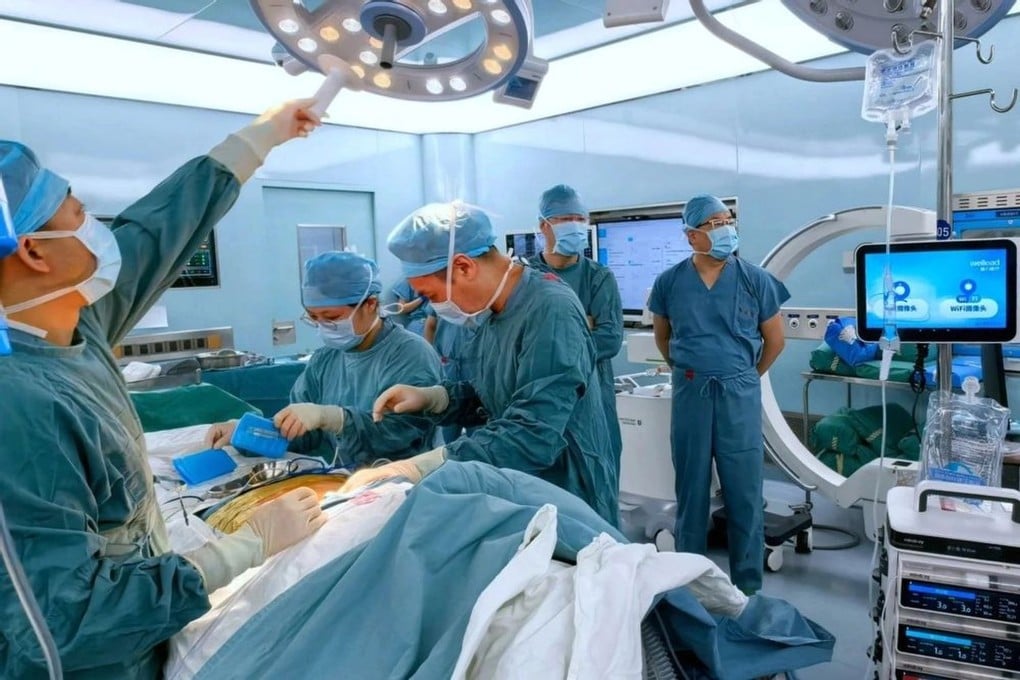- Joined
- Sep 22, 2008
- Messages
- 80,600
- Points
- 113
After deepseek, now this
https://www.scmp.com/policies-and-standards#participation

Shi Huang
Published: 7:00pm, 19 Mar 2025
The paralysis caused by spinal cord injuries has long been considered irreversible.
Advertisement
Even billionaire Elon Musk’s Neuralink, with its pioneering brain computer interfaces (BCIs) which bypass damaged nerves by linking them directly to external devices like robotic limbs, works on the assumption that the person’s paralysed limbs are beyond saving.
But in a clinical trial led by Shanghai’s Fudan University, four paralysed patients regained control of their legs within 24 hours of a minimally invasive surgery.
They could suddenly lift limbs that had been written off, they could walk independently within weeks, and they even experienced restored nerve function.
The Chinese team’s advance was made possible by implanting electrode chips in the brain and spinal cord to create a bridge or “neural bypass” – thus reconnecting the body’s own pathways
China’s neurotechnology breakthrough challenges Elon Musk’s verdict on paralysed patients
Patients with spinal cord injuries have been offered the chance to walk again after the success of a Chinese trial
Reading Time:3 minuteshttps://www.scmp.com/policies-and-standards#participation

Shi Huang
Published: 7:00pm, 19 Mar 2025
The paralysis caused by spinal cord injuries has long been considered irreversible.
Advertisement
Even billionaire Elon Musk’s Neuralink, with its pioneering brain computer interfaces (BCIs) which bypass damaged nerves by linking them directly to external devices like robotic limbs, works on the assumption that the person’s paralysed limbs are beyond saving.
But in a clinical trial led by Shanghai’s Fudan University, four paralysed patients regained control of their legs within 24 hours of a minimally invasive surgery.
They could suddenly lift limbs that had been written off, they could walk independently within weeks, and they even experienced restored nerve function.
The Chinese team’s advance was made possible by implanting electrode chips in the brain and spinal cord to create a bridge or “neural bypass” – thus reconnecting the body’s own pathways
